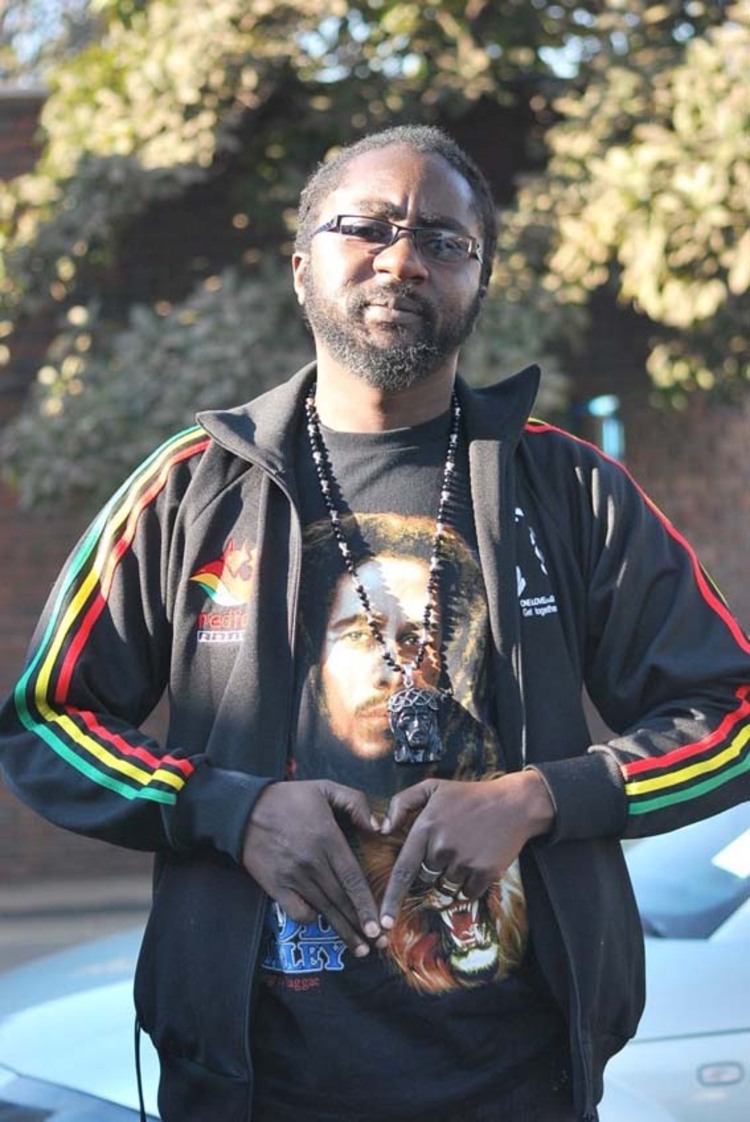
The Sunday Mail

THE transition from backtracks to live bands in Zim dancehall is a welcome development but it is a transition that has obviously not been an easy one.

Robert Zhuwao
A backtrack is defined as an audio recording or MIDI recording that musicians play or sing along to in order to add parts to their music which would be impractical to perform live.
There is more to live instruments than just assembling them. Without doubt a number of Zim dancehall artistes are beginning to appreciate the importance of using live bands for gigs.
Indeed instruments help improve a live act by giving it life and subsequently a completely new dimension. With a live band, artistes have full control of their performance. The use of backtracks has in most instances rendered Zim dancehall acts lukewarm when compared to their counterparts in other genres that use live bands.
However, while the shift is noble, it is import that the artistes guard against complacency. In fact, they should make sure that the transition does not affect their performance. Instead of torturing their fans, the artistes must first rigorously rehearse with their band members.
Rushed jobs have always provided undesired results.
I have noticed on numerous occasions vibrant dancehall artistes struggling to live up to their usual billing following the introduction of live instruments.
But I must admit, for others the transition has been smooth flowing. Probably all the toil would have been done behind the scenes.
It is important for the dancehall artistes in their quest for grandeur to bear in mind that live bands should not be assembled just for the sake of joining the bandwagon. Serious thought needs to be put into the process.
I feel groups like Transit Crew that have been in existence for decades, using live instruments, should play a pivotal role in guaranteeing a smooth transition.
The ensemble has mentored the brand names in the mould of Mic Inity and Mannex.
Evidently it is proving difficult for most of the instrumentalists to play riddims that were computer generated by different Zim dancehall producers in the country. The producers themselves note that though easy to produce, the riddims can be a challenge for an instrumentalist of any magnitude.
They argue that their electronically based music would sound sloppy if played live.
“Sound creation is not a challenge. I can come up with a perfect beat overnight but that very same beat might take time for someone to master and play it. And in some instances, though rare, they might fail to do so completely,” argues top producer Levels.
This then leaves us with the question, what needs to be done?
I personally believe that of the riddims that have been produced before, some can easily be played using live bands while some are indeed a challenge. It that regard, artistes should be able to use their judgment.
Even after introducing live instruments, they should not try and for them on their fans. The live bands should be used on the riddims that they have thoroughly rehearsed. While for the challenging riddims, they should just revert to the old system of backtracks.
Top music promoter Biggie Chinoperekwei supports the sentiment.
“There is no need to lose hope on the evolution. It will happen gradually. Everything needs time. The most important thing is the artistes have realised the importance of live bands. That is a step in the right direction,” said Chinoperekwei.
“I feel the artistes should just develop steadily. This cannot be done overnight and I’m sure fans do understand that.”
Focus for the artistes should be on producing new music using the live bands.
The importance of live bands in Zim dancehall gathered momentum in 2013 when another dancehall advocate, Robert Zhuwao, held a reggae-dancehall bands festival in the capital.
The festival was held to promote and celebrate the use of live bands by reggae-dancehall musicians in the country. Both established and budding artistes attended.
And Zhuwao notes the drum festival was an eye-opener for a number of artistes.
“The festival was a platform to market live bands and to encourage other artistes in the industry to make use of live bands.
“We do encourage the use of instruments in dancehall. It helps spice up the act and gives value for money to fans. I’m glad our festival initiative is now beginning to yield results. This is exactly what we hoped to achieve,” he said.
The promoter acknowledged the challenges within the transition process but confident of a positive outcome. After all this is how the genre developed in Jamaica. Today, most of the artistes in the Caribbean use live bands for their gigs.
The success came about as a result of close co-ordination between the key players in the genre. Thus we also expect the same from our artistes and producers.
Added Zhuwao: “Live instruments cannot produce the digital sound produced by a computer but they are certain ways around the predicament. The artistes should just keep on working hard and in consultation with their producers. Adjusting to latest trends is not easy but that should not scare them away.”
Candidly, critics have not been callous.
They appreciate the direction that the dancehall lot is taking. The artistes should, however, not mistake the silence for ignorance. We appreciate the challenges they are currently facing. The time shall come for c alling a spade a spade.



